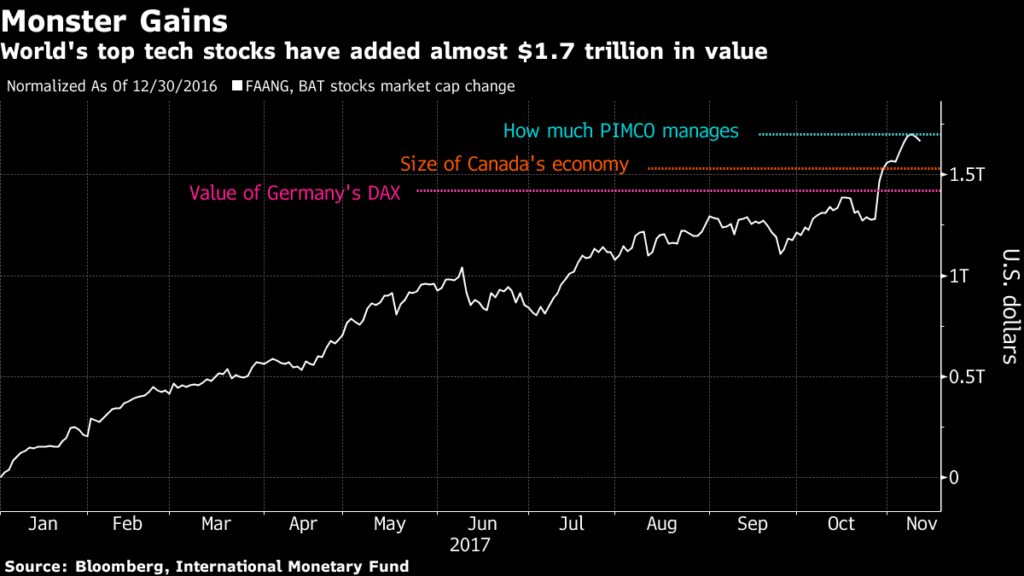The key reports this week are August New Home sales, and the third estimate of Q2 GDP.
Other key indicators include Personal Income and Outlays for August and Case-Shiller house prices for July.
For manufacturing, the Richmond and Kansas City Fed manufacturing surveys will be released this week.
—– Monday, Sept 23rd —–
8:30 AM ET:
Chicago Fed National Activity Index for August. This is a composite index of other data.
—– Tuesday, Sept 24th —–  9:00 AM ET: S&P/Case-Shiller House Price Index for July.
9:00 AM ET: S&P/Case-Shiller House Price Index for July.
This graph shows the nominal seasonally adjusted National Index, Composite 10 and Composite 20 indexes through the most recent report (the Composite 20 was started in January 2000).
The consensus is for a 2.1% year-over-year increase in the Comp 20 index for July.
9:00 AM: FHFA House Price Index for July 2018. This was originally a GSE only repeat sales, however there is also an expanded index.
10:00 AM ET: Richmond Fed Survey of Manufacturing Activity for September.
—– Wednesday, Sept 25th —–
7:00 AM ET: The Mortgage Bankers Association (MBA) will release the results for the
mortgage purchase applications index.
 10:00 AM: New Home Sales for August from the Census Bureau.
10:00 AM: New Home Sales for August from the Census Bureau.
This graph shows New Home Sales since 1963. The dashed line is the sales rate for last month.
The consensus is for 665 thousand SAAR, up from 635 thousand in July.
—– Thursday, Sept 26th —–
8:30 AM: The
initial weekly unemployment claims report will be released. The consensus is for 211 thousand initial claims, up from 208 thousand the previous week.
8:30 AM: Gross Domestic Product, 2nd quarter 2018 (Third estimate). The consensus is that real GDP increased 2.0% annualized in Q2, unchanged from the second estimate of 2.0%.
10:00 AM: Pending Home Sales Index for August. The consensus is 0.6% increase in the index.
11:00 AM: the Kansas City Fed manufacturing survey for September. This is the last of the regional surveys for September.
—– Friday, Sept 27th —–
8:30 AM:
Durable Goods Orders for August from the Census Bureau. The consensus is for a 1.2% decrease in durable goods orders.
8:30 AM: Personal Income and Outlays for August. The consensus is for a 0.4% increase in personal income, and for a 0.3% increase in personal spending. And for the Core PCE price index to increase 0.2%.
10:00 AM: University of Michigan’s Consumer sentiment index (Final for September). The consensus is for a reading of 92.0.
Read more at https://www.calculatedriskblog.com/2019/09/schedule-for-week-of-september-22-2019.html#ufpCwOoLSeldtU2e.99


